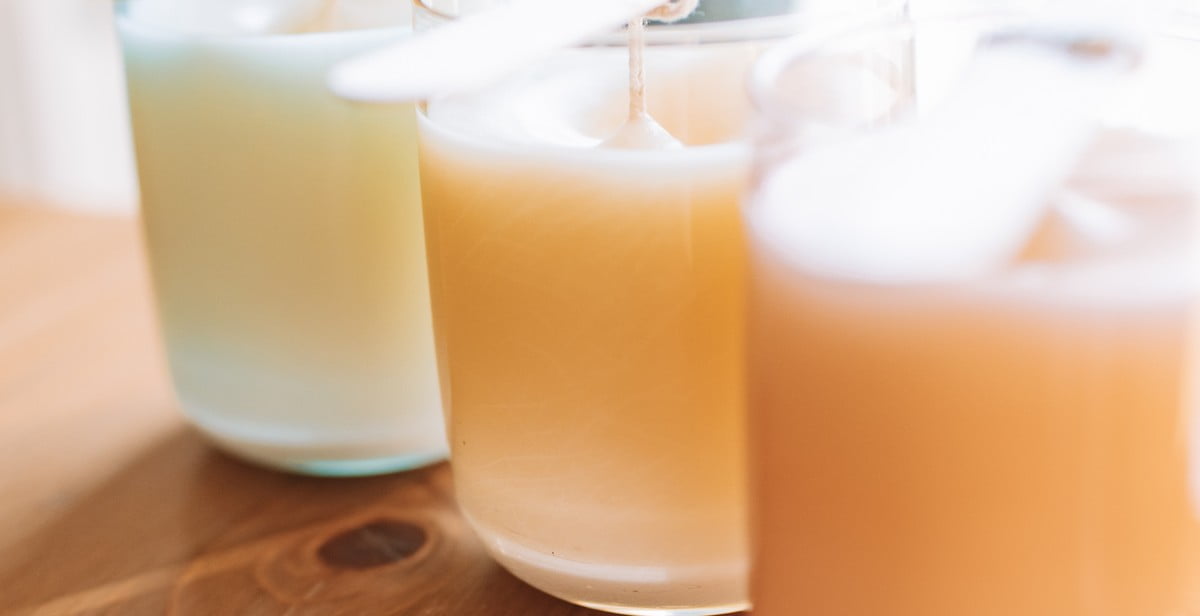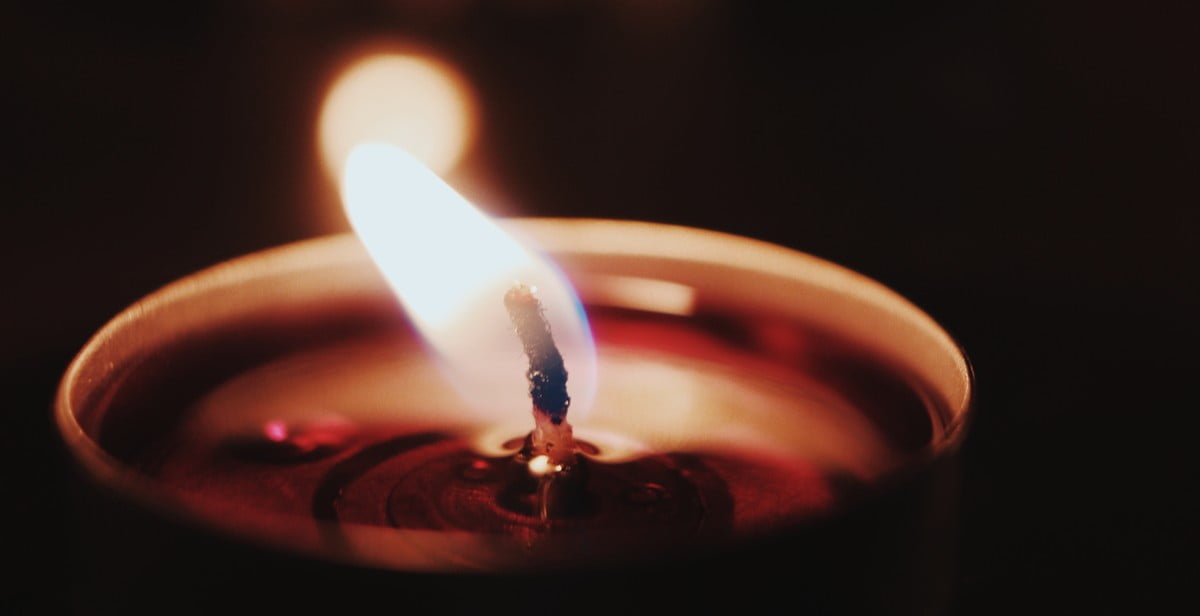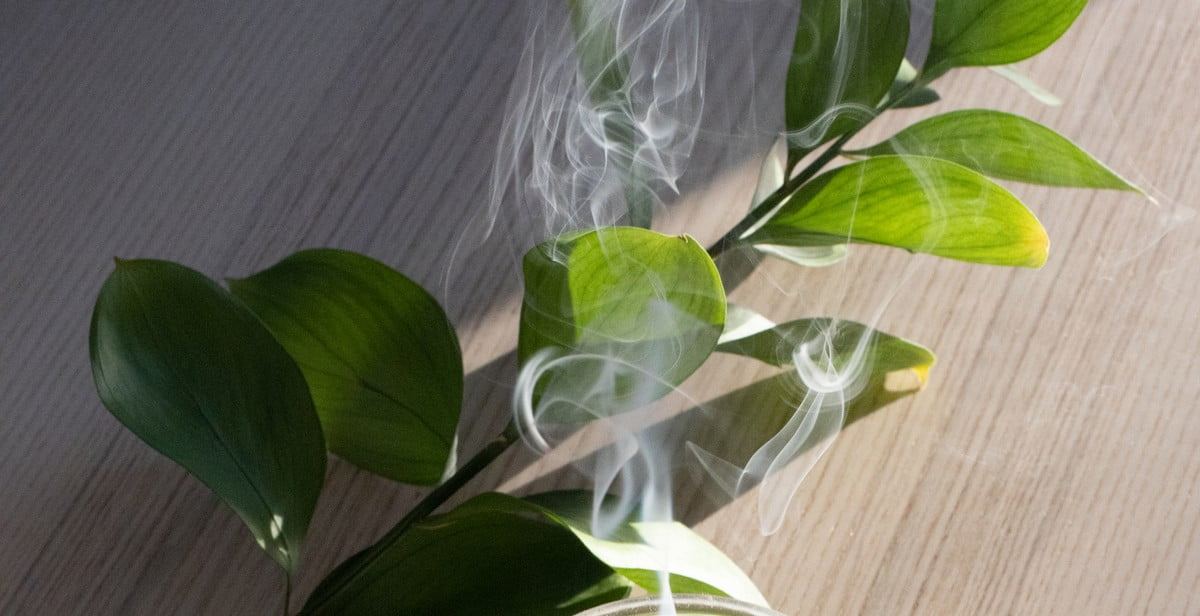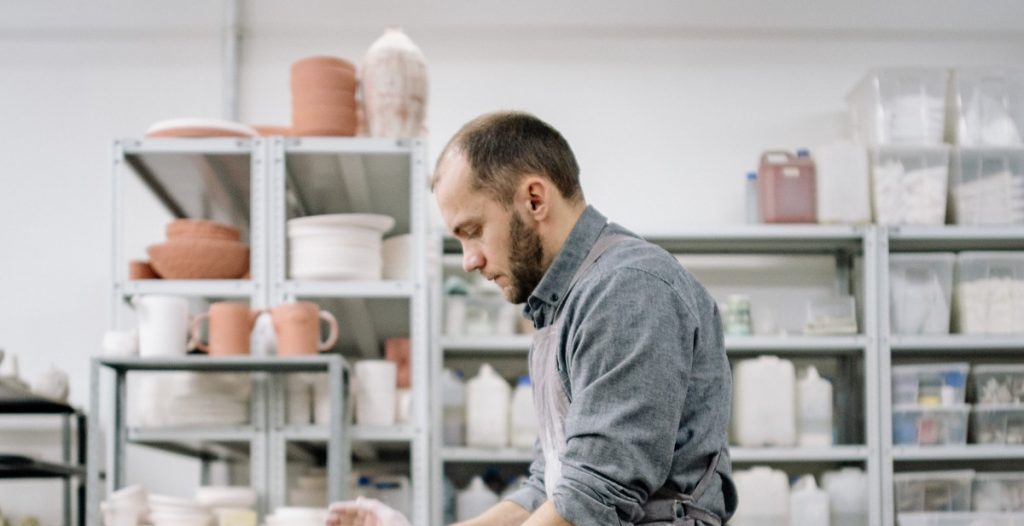Introduction
Candle making has become a popular hobby and business venture for many individuals. With the rise of social media, it’s easier than ever to showcase your creations and reach a wider audience. However, as with any craft, there are common mistakes that candle makers should avoid to ensure the quality and safety of their products.
Why is it important to avoid these mistakes?
Avoiding these mistakes can save you time, resources, and money. It can also prevent negative reviews and potential legal issues. Making candles involves handling hot wax and flammable materials, so safety should always be a top priority.
What are some common mistakes?
- Not measuring ingredients accurately
- Using the wrong type of wax for your desired outcome
- Not adding enough or too much fragrance or color
- Not properly wicking your candles
- Ignoring safety precautions
By avoiding these common mistakes, you can create high-quality, safe, and beautiful candles that customers will love.
Choosing the wrong wax
Choosing the right wax is crucial to the success of your candle-making business. Using the wrong wax can lead to poor quality candles that don’t burn well, don’t hold their scent, or simply don’t look good. Here are some common mistakes to avoid when choosing your wax:
Using paraffin wax
Paraffin wax is a petroleum-based wax that has been used in candle making for many years. While it is relatively inexpensive and easy to work with, it has some downsides. Paraffin wax is not eco-friendly, as it is derived from non-renewable resources. It also produces soot when burned, which can be harmful to your health and the environment. In addition, paraffin wax can be difficult to work with, as it requires precise temperature control to achieve the desired results.
Using soy wax
Soy wax is a popular alternative to paraffin wax, as it is made from soybeans, a renewable resource. It is also biodegradable and produces less soot when burned. However, soy wax has its own set of challenges. It can be more expensive than paraffin wax, and it requires a higher melting point, which can make it more difficult to work with. Additionally, soy wax can be more sensitive to temperature changes, which can affect the quality of your candles.
Ultimately, the choice of wax will depend on your specific needs and preferences. Consider factors such as cost, eco-friendliness, and ease of use when making your decision.
| Pros | Cons |
|---|---|
| Paraffin wax is inexpensive and easy to work with | Paraffin wax is not eco-friendly and produces soot when burned |
| Soy wax is made from renewable resources and produces less soot when burned | Soy wax can be more expensive and difficult to work with |
Overall, it’s important to do your research and choose the wax that best suits your needs and values as a candle maker.

Not measuring fragrance oils accurately
One of the most common mistakes that candle makers make is not measuring their fragrance oils accurately. Adding too much or too little fragrance oil to a candle can result in a poor scent throw, which means that the candle won’t smell as strong as it should.
When measuring fragrance oils, it’s important to use a scale that is accurate to at least 0.1 gram. Eyeballing or guessing the amount of fragrance oil to use can lead to inconsistent results and a waste of materials. It’s also important to measure fragrance oils by weight and not by volume, as different oils have different densities and can throw off the accuracy of the measurement.
It’s recommended to use between 6-10% fragrance oil for most candle types. However, some fragrances may require a higher or lower percentage. Always check the fragrance manufacturer’s recommendations for the appropriate usage rate.
Candle makers should also be aware of the flashpoint of their fragrance oils. The flashpoint is the temperature at which a fragrance oil will ignite. If the fragrance oil is added to the wax at too high of a temperature, it can ignite and cause a fire. Always check the flashpoint of the fragrance oil and add it to the wax at the recommended temperature.
Measuring fragrance oils accurately is crucial for creating high-quality candles with strong scent throws. Take the time to measure your fragrance oils correctly and follow the manufacturer’s recommendations for the best results.

Using the Wrong Wick
One of the most common mistakes that candle makers make is choosing the wrong size wick. Using a wick that is too small or too large can lead to a variety of problems, including:
- Poor burn quality
- Uneven melting
- Excessive smoking
- Wasted wax
- Dangerous flame size
Choosing the Wrong Size Wick
Choosing the right wick for your candle is crucial. The size of the wick will depend on the diameter of the candle and the type of wax used. If the wick is too small, the candle will not burn properly and will tunnel down the center, leaving a lot of wax on the sides. If the wick is too large, the candle will burn too hot and create a dangerous flame size.
It’s important to do some research and testing to find the right wick for your candle. There are several wick size charts available online that can be used as a starting point. However, keep in mind that the type of wax, fragrance, and dye used can also affect the burn quality, so it’s important to test your candles thoroughly before selling them.
Conclusion
Using the wrong wick can have serious consequences for your candles. Make sure to choose the right size wick for your candle and test it thoroughly to ensure a high-quality burn.

Adding Colorants Incorrectly
One of the most common mistakes that candle makers make is adding too much colorant to their wax. While it may seem like adding more colorant will make the candle look better, it can actually have the opposite effect. Too much colorant can make the wax too opaque, which can prevent the candle from burning properly. Additionally, too much colorant can cause the candle to have a less desirable scent throw.
Another mistake that candle makers make is not mixing the colorant thoroughly. This can result in uneven coloring throughout the candle, which can look unprofessional and unappealing to customers. It is important to mix the colorant well before adding it to the wax, and to continue mixing until the color is evenly distributed.
To avoid these mistakes, it is important to follow the manufacturer’s guidelines for adding colorants to your wax. It is also a good idea to experiment with small batches of wax to find the right amount of colorant and to perfect your mixing technique.
Tips for Adding Colorants
- Measure the colorant carefully to avoid adding too much
- Mix the colorant well before adding it to the wax
- Continue mixing until the color is evenly distributed
- Experiment with small batches of wax to find the right amount of colorant
- Follow the manufacturer’s guidelines for adding colorants
Conclusion
Adding colorants to your candle wax can be a fun and creative process, but it is important to do it correctly in order to avoid common mistakes. By measuring carefully, mixing thoroughly, and following the manufacturer’s guidelines, you can create beautiful candles that burn properly and have a desirable scent throw.

Pouring at the wrong temperature
One of the most common mistakes that candle makers make is pouring wax at the wrong temperature. This can have a significant impact on the quality of the candle, affecting its appearance and performance.
Pouring wax that is too hot
If you pour wax that is too hot, it can cause the fragrance to evaporate too quickly, resulting in a weaker scent throw. Additionally, the wax may shrink as it cools, leaving unsightly sinkholes or cracks in the surface of the candle. This can also weaken the structural integrity of the candle, making it more likely to break or crumble.
To avoid pouring wax that is too hot, make sure that you are checking the temperature regularly and allowing it to cool to the appropriate level before pouring. The ideal pouring temperature will depend on the type of wax you are using, so be sure to check the manufacturer’s recommendations.
Pouring wax that is too cold
Pouring wax that is too cold can also cause problems. If the wax is not hot enough, it may not fully adhere to the wick or the container, resulting in poor burn performance. The candle may also have a rough or bumpy texture, rather than a smooth and polished finish.
To avoid pouring wax that is too cold, make sure that you are heating it to the appropriate temperature before pouring. Again, the ideal temperature will depend on the type of wax you are using, so be sure to follow the manufacturer’s guidelines.
- Check the temperature of the wax regularly
- Allow the wax to cool to the appropriate temperature before pouring
- Follow the manufacturer’s guidelines for ideal pouring temperature
By avoiding the common mistake of pouring wax at the wrong temperature, you can ensure that your candles look and perform their best.

Not testing the candle
One of the most common mistakes that candle makers make is not testing their candles before selling them. Testing the candle is crucial to ensure that it burns correctly and safely. Here are some aspects of testing that candle makers should consider:
Burning the candle for long enough
Candles should be burned for a minimum of two hours to ensure that the wax pool reaches the edge of the container. This will prevent tunneling and ensure that the candle burns evenly. Candle makers should test their candles to ensure that they burn for the required time without any issues.
Testing the candle in different environments
Candles can behave differently in different environments. For example, a candle may burn differently in a warm, humid room compared to a cold, dry room. Candle makers should test their candles in different environments to ensure that they burn correctly and safely in various conditions.
Testing for safety
Candle makers should also test their candles for safety. This includes ensuring that the wick does not produce too much smoke or soot and that the candle does not produce any harmful chemicals when burned. Testing for safety is crucial to ensure that the candle is safe for use in any environment.



